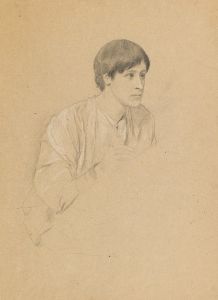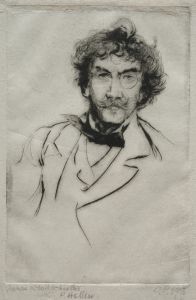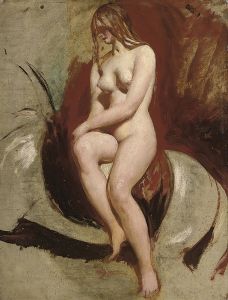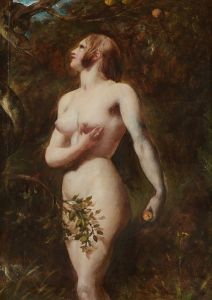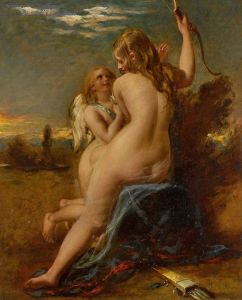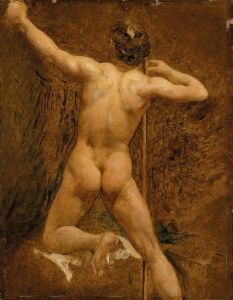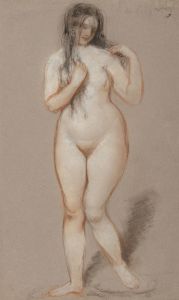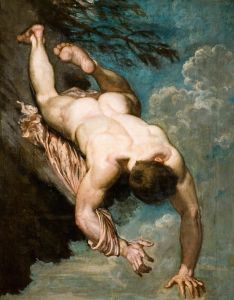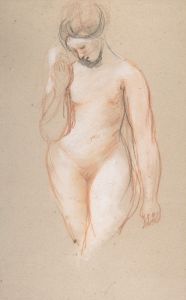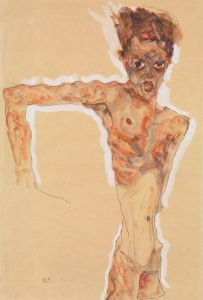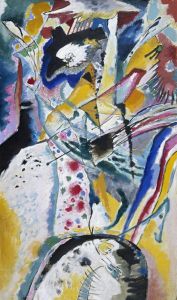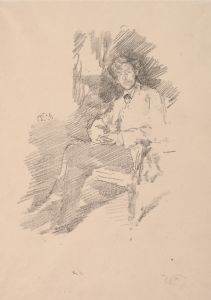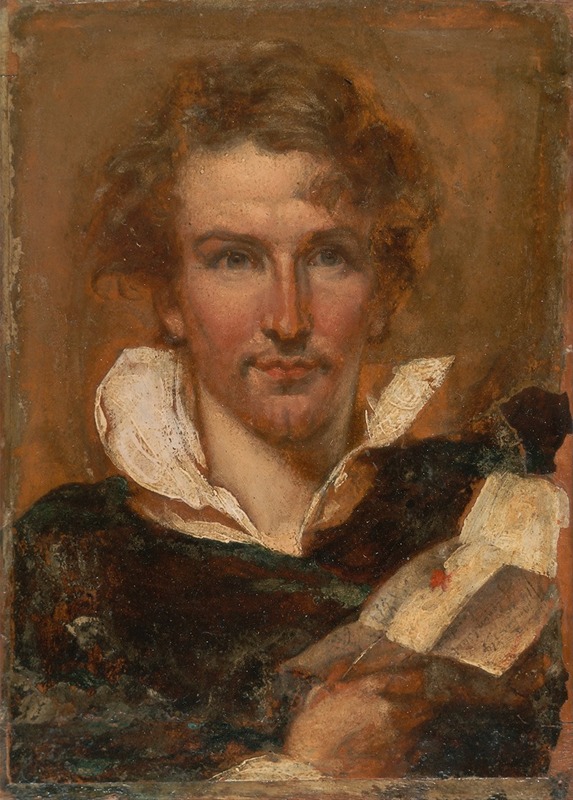
Self-Portrait
A hand-painted replica of William Etty’s masterpiece Self-Portrait, meticulously crafted by professional artists to capture the true essence of the original. Each piece is created with museum-quality canvas and rare mineral pigments, carefully painted by experienced artists with delicate brushstrokes and rich, layered colors to perfectly recreate the texture of the original artwork. Unlike machine-printed reproductions, this hand-painted version brings the painting to life, infused with the artist’s emotions and skill in every stroke. Whether for personal collection or home decoration, it instantly elevates the artistic atmosphere of any space.
William Etty, an English artist renowned for his depictions of nudes and historical scenes, painted several self-portraits throughout his career. However, specific details about a particular self-portrait by Etty are not extensively documented in art historical records. Etty was born on March 10, 1787, in York, England, and became one of the prominent figures in the British art scene during the 19th century. He was particularly known for his ability to capture the human form with a vivid sense of realism and emotion.
Etty's journey as an artist began when he moved to London in 1807 to study at the Royal Academy of Arts. He was greatly influenced by the works of the Old Masters, particularly the Venetian painters such as Titian and Rubens, whose use of color and form left a lasting impression on him. Etty's dedication to mastering the human figure was evident in his numerous studies and paintings, which often featured mythological and historical subjects.
Throughout his career, Etty faced both acclaim and criticism. While some praised his technical skill and the beauty of his compositions, others criticized his frequent use of nude figures, which was considered controversial at the time. Despite this, Etty remained committed to his artistic vision and continued to produce works that explored themes of beauty, sensuality, and the human experience.
Etty's self-portraits, like those of many artists, served as a means of introspection and self-exploration. They provided him with an opportunity to study his own features and to experiment with different techniques and styles. While specific details about individual self-portraits by Etty are scarce, it is likely that they reflect his broader artistic interests and his commitment to capturing the human form with accuracy and sensitivity.
In addition to his paintings, Etty was also a dedicated teacher and mentor. He was elected as a full member of the Royal Academy in 1828 and used his position to advocate for the importance of life drawing and the study of the human figure in art education. His influence extended to a new generation of artists who admired his technical skill and his dedication to his craft.
William Etty passed away on November 13, 1849, in York, leaving behind a legacy of work that continues to be studied and appreciated for its contribution to the development of British art. While specific self-portraits by Etty may not be widely documented, his overall body of work provides valuable insight into his artistic vision and the cultural context of his time.





